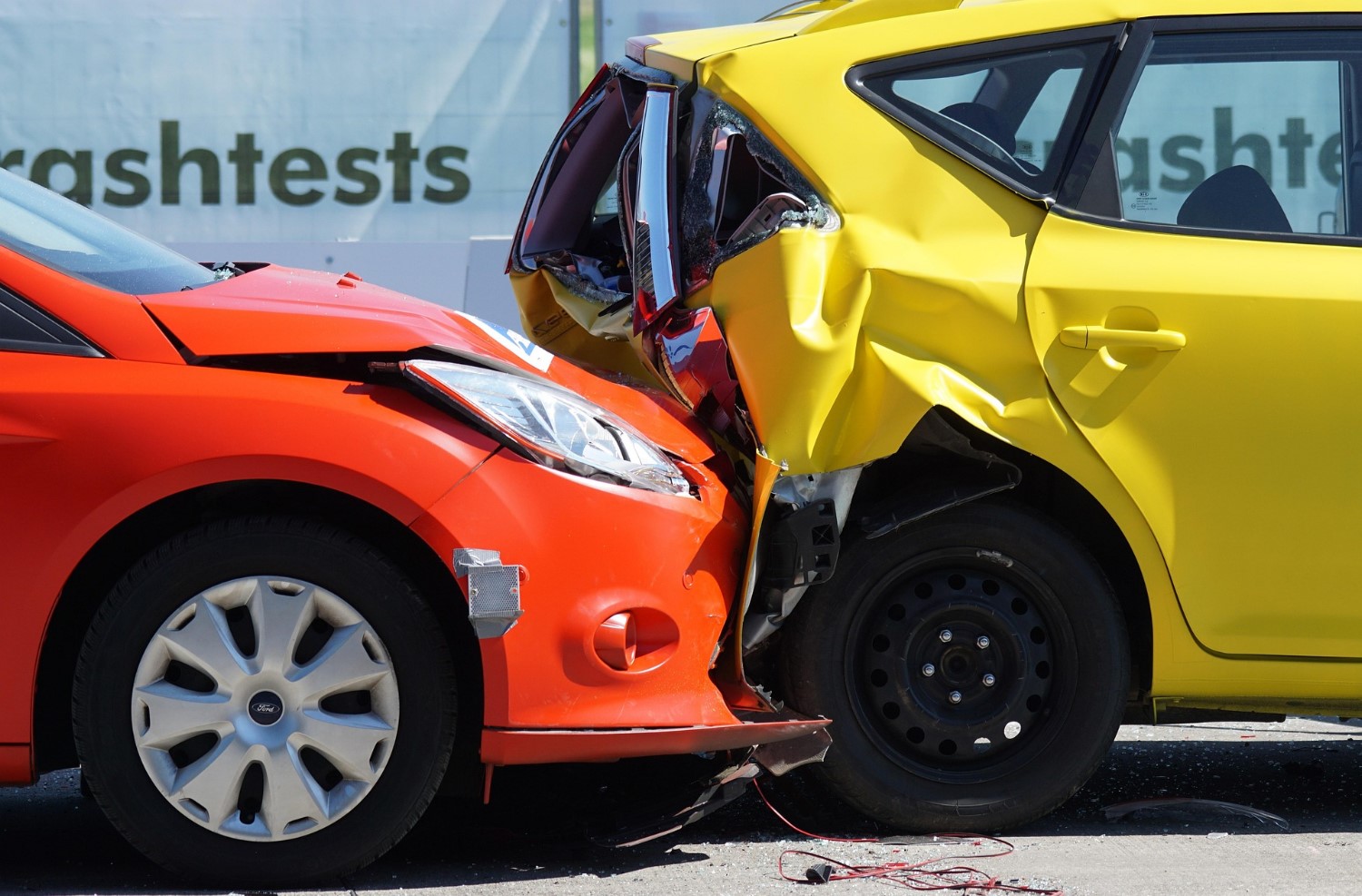Automotive News: How Following Distance Impacts Fault in Traffic Accidents
Each day, nine people are reportedly killed across America in traffic accidents as a result of distracted driving. This issue poses a significant safety risk on roads across the nation. Up until 2025, an estimated 4,000 deaths are attributed to fatal accidents caused by motor vehicles. Car accidents account for the highest rate of deaths among children under 15 in the United States.
Car accidents are caused mainly by following too closely. When a driver does not leave enough space from the rear of his vehicle to the front of the car ahead, the driver’s ability to react to an unforeseen circumstance may be restricted.
If the car in front suddenly brakes or encounters an obstacle in the road and you happen to be right behind it, chances are an accident would occur. The following distance rule would hold a lot of weight in establishing liability in any crash.
Let’s go ahead and discuss why maintaining a safe distance is necessary, how it is measured, and what effect it will have on settlement for an accident claim.
Understanding Following Distance
One of the safe driving techniques is maintaining a proper following distance, which experts have recommended should be about a three-second gap from the vehicle in front.
You can judge a safe distance by fixing your sight on some object on the road and starting a count once that object has passed the vehicle in front of you. If you lose your count before the object crosses your car, you are too close. A safe distance incorporates various safety factors for all motorists while also enhancing individual safety.
Observing safe following distances is a good practice. It not just hinders accidents but also fosters an atmosphere of safety in which drivers might respectfully rely on one another.
The Relationship Between Following Distance and Liability
According to car accident lawyer Sanjay Sobti, traffic cases can become complex quickly. They can involve many parties, such as multiple motorists, passengers, insurance agencies, and everyone’s respective legal representation. In many cases, pedestrians, trucking companies, or immigration officials also have some stake in the proceedings.
Many drivers tend not to think about adequate following distance. An accident could pose serious liability concerns in view of this mindset. Keeping a safe distance allows enough time to react against someone stopping suddenly.
It is difficult to brake or come to a sudden stop if your car is tailgating another. Collisions usually involve complicated legal issues that will cost you both money and time.
Common Scenarios Involving Rear-End Collisions
Rear-end collisions often happen during slow-moving traffic and other similar situations. The common aspect present in these situations is that it creates confusion for the other driver.
A good following distance helps prevent a collision when approaching the red light with the front vehicle just starting to brake. Many times, tailgating in heavy traffic can cause an accident with the rear end of the vehicle coming to a stop.
Being aware of such scenarios would be a preventive measure against accidents.
Legal Implications of Inadequate Following Distance
An improper following distance leads to grave legal consequences in the event of an accident. In rear-end accidents, in most jurisdictions, the one who ran into the back of the other car is deemed at fault, irrespective of the particular circumstances, especially when a violation of the safe distance is at stake.
You may potentially face traffic fines, raised insurance premiums, and even liability for damages. In the case of sustaining injuries, you may also be subjected to lawsuits, which will further take a toll on your finances. A mark may be placed on your driving record regarding the matter, leading to the suspension of your driving privileges.
Knowing these effects will help you appreciate safe driving and its impact on the community, not just individuals. Accountability keeps roads safe for all.
Tips for Maintaining Safe Following Distance
Adhering to safe distances may prevent accidents and allow for smooth driving. Apply the three-second rule for safety purposes: select a fixed item on the road and begin counting how many seconds it takes to reach it after the vehicle ahead passes it.
In case the weather turns bad or the traffic flow is heavy, you need to increase the recommended distance accordingly. It is necessary to always look at your speed and the speed of the car ahead. If the car in front starts slowing down, you will want to react fast. Do not hold your cell phone at this time since losing your attention would make maintaining a safe following distance quite difficult.
Try to practice giving way to other drivers. Don’t hesitate to give some space if another driver wants to merge in front of you.
